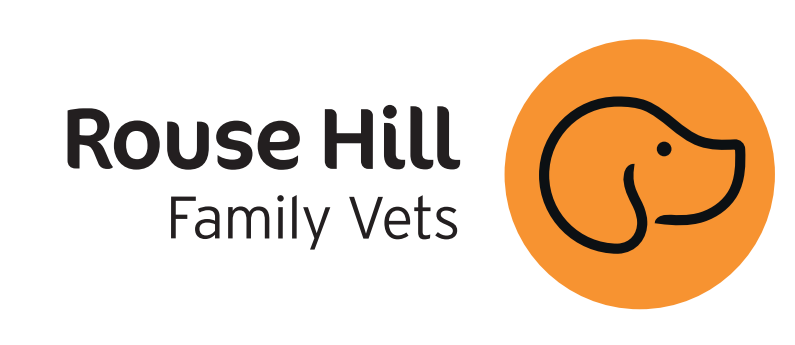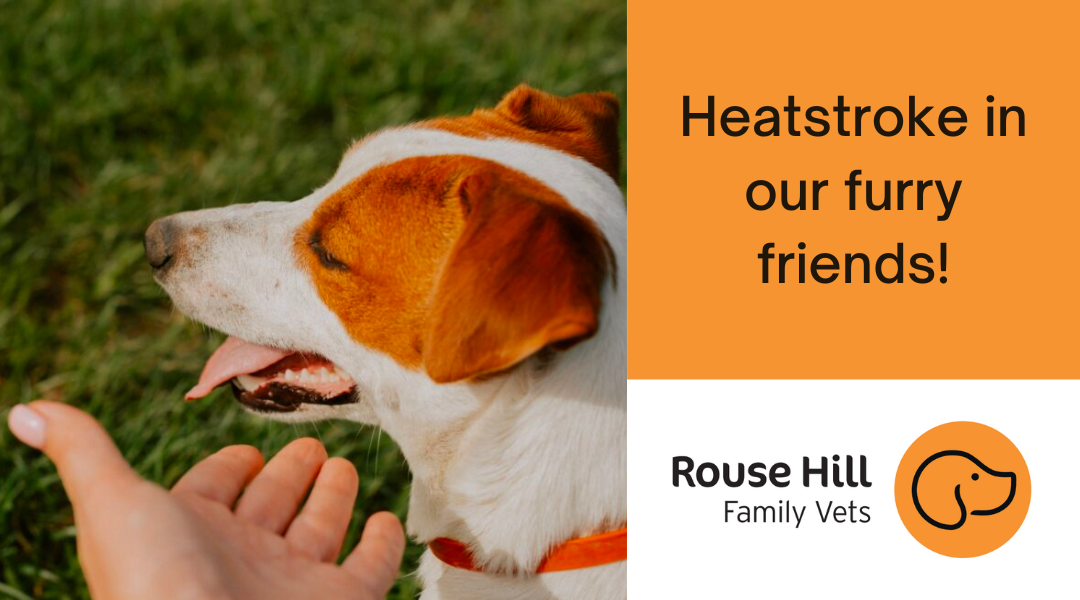Summer is coming and that means so is the heat! There are quite a few things that we need to take into consideration with our pets when it comes to hot weather. For example, burnt paw pads and heatstroke.
Heatstroke is when your pet overheats and cannot appropriately bring their body temperature down to a normal range. This can happen after a walk or exercise on a hot day, but some breeds are more susceptible to heatstroke even when the weather is not what we would consider hot.
The breeds that are more prone to heat stroke are our brachycephalic breeds. Brachycephalic breeds are the squishy faced dogs, for example, Bulldogs, Boston Terriers, Pugs and Cavalier King Charles Spaniels, just to name a few. These dogs usually struggle more in the heat and are more at risk of heatstroke due to them having normal sized internal facial anatomy that is forced to fit into their shortened skulls which gives them the squishy looking faces. The shortened nose results in their soft palate being pushed backwards and obstructing the opening to their airway which predisposes them to respiratory distress, heat stroke, reflux and more.
The main way our dogs control their temperature is through panting, they only have a few sweat glands on the foot pads and around their nose so rely heavily on the ability to pant to cool themselves down. In brachycephalic dogs their narrowed airways mean panting is less effective at bringing their temperature down, as the heat causes more swelling to occur in their already crowded airway space these pet’s can rapidly decompensate and struggle to not only bring their temperature down to a normal level but also to get enough oxygen into their lungs.
So what are the signs of heat stroke?
|
Signs and symptoms of heat stroke in dogs |
|
|
Early signs of heat stroke |
As conditions worsen |
|
High body temperature |
Vomiting or diarrhoea (possibly with blood) |
|
Restlessness or agitation |
Increased heart rate |
|
Excessive panting or difficulty breathing |
Lethargy or collapse |
|
Drooling, often very thick saliva |
Dizziness – are they struggling to walk in a straight line? |
|
Change in gum colour (dark red, pale, purple or blue) |
Signs of confusion, delirium |
|
Muscle tremors, seizures, unconsciousness |
|
How is heat stroke treated?
We will assess the severity of your pet’s heat stroke and then begin emergency treatment as required. Treatment for heat stroke can be complex and often includes long stays in hospital. Treatment may include:
- Emergency cooling, especially if you pet’s body temperature is still high
- Intravenous fluids to treat dehydration, shock and to cool the body down internally
- Oxygen therapy
- Anaesthesia and airway intubation for pets that are having breathing difficulties or are unconscious
- Gastric protectants and anti nausea medication in cases of vomiting and diarrhoea (as the gut may slough and start to die)
- Antibiotics to prevent secondary sepsis (blood poisoning)
- Pain relief
- Cardiac medications if required
- Blood tests to assess severity of dehydration, to test for clotting, to assess organ function, and to monitor response to treatment
- Blood or plasma transfusion for those with clotting problems
- Ongoing monitoring and treatment with potential referral to a local 24 hour emergency hospital.
How do we help our Brachycephalic patients avoid heat stroke?
The best approach to keeping our brachycephalic patients safe from heat stroke is to take a multi-pronged approach to risk reduction which includes:
- Avoiding exercise in the heat of the day (No going for walks if the temperature is above 28 degrees)
- Staying inside in the air conditioning on hot days
- No sitting in hot cars
- No prolonged exercise
- Monitoring for early signs of heat stress
- Looking out for signs of BOAS including:
- Snoring (this is generally a sign of airway obstruction)
- Reflux
- Sleeping with a toy/ball in the mouth (they do this because they have found it is easier to sleep and keep their airways open)
- Sleeping sitting up or with neck strangely extended
- Breathlessness after very little exercise
- Surgically correcting elongated soft palates, stenotic nares (narrowed nostrils), enlarged tonsils and everted laryngeal saccules
Now that you know how important it is to have an open and effective airway to regulate body temperature we are very excited to now be able to offer surgical procedures to help our brachycephalic friends. Brachycephalic breeds can suffer from BOAS (Brachycephalic Obstructive Airway Syndrome) and the aim for this surgery is to help them be able to cope with heat and aid with their breathing as much as we can. There are multiple things that can be affected in these breeds which we look at when assessing and creating a surgical plan for that specific animal. These include:
- Stenotic nares (very narrowed nostrils)
- Overlong and overly thickened soft palate
- Enlarged tonsils
- Everted laryngeal saccules
If you have any questions or would like to know if your pet would qualify for this surgery, please give us a call on (02) 9086 9130. Our lovely nurses will get you an appointment with Dr Nicole to chat about all things BOAS, the surgical procedure and how this can help your pet and expected outcomes and more.

